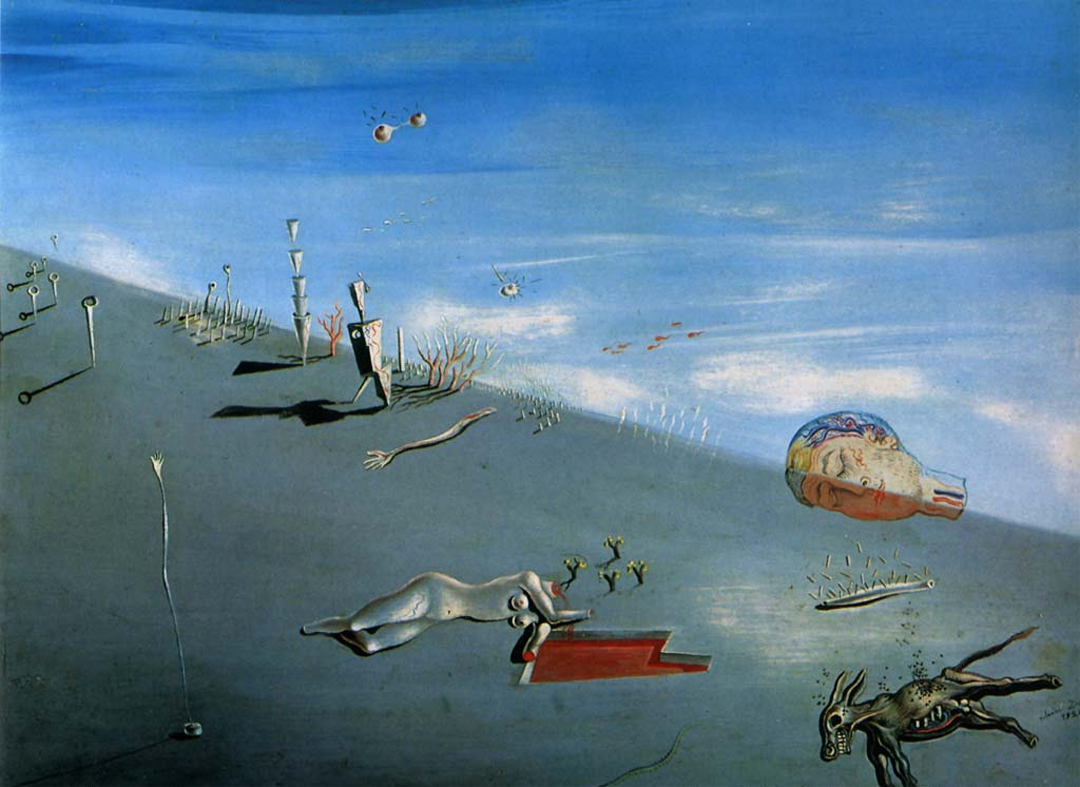 Salvador Dalí Honey is Sweeter than Wine 1927 |
 Salvador Dalí The Great Masturbator 1929 |






 Salvador Dalí Honey is Sweeter than Wine 1927 |
 Salvador Dalí The Great Masturbator 1929 |
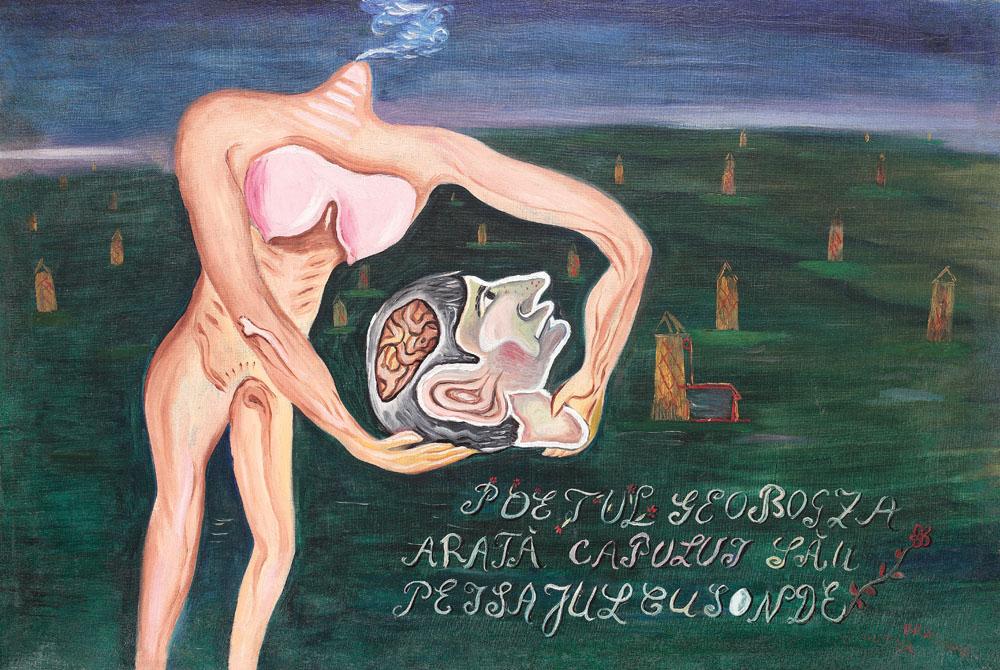 Victor Brauner The poet Geo Bogza shows his head to the landscape with drills 1929 |
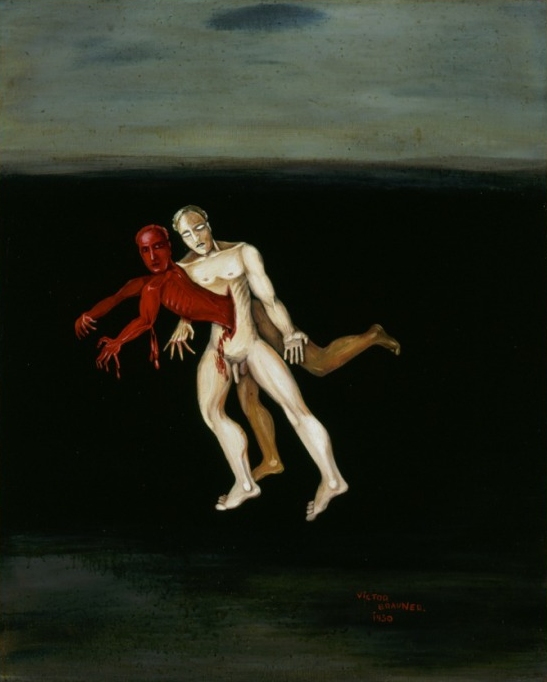 Victor Brauner Suicide at Dawn 1930 |
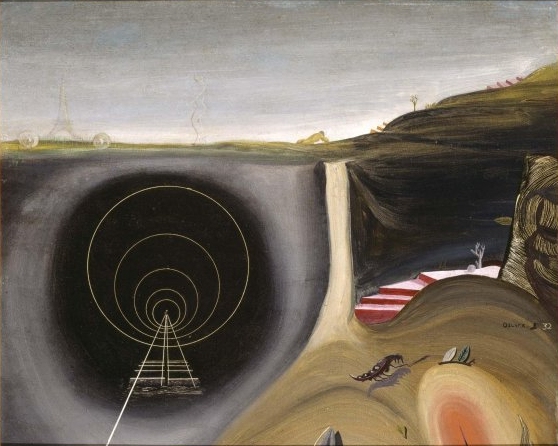 Oscar Dominguez Souvenir of Paris 1932 |
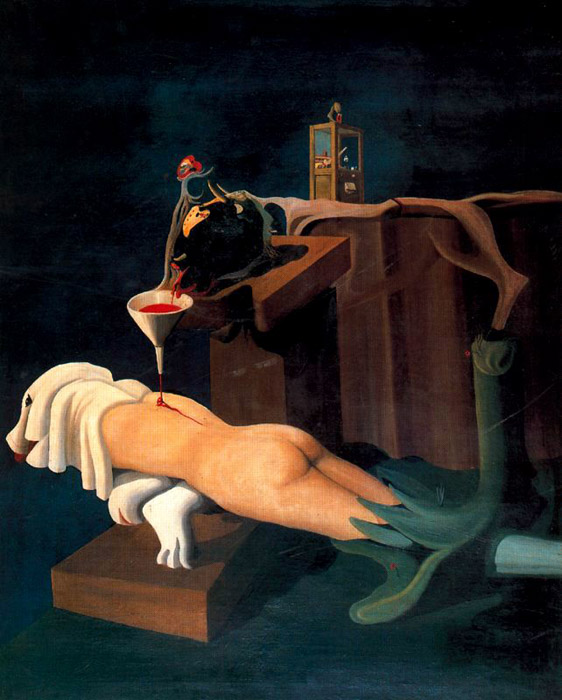 Oscar Dominguez The Electro-sexual sewing machine 1934 |
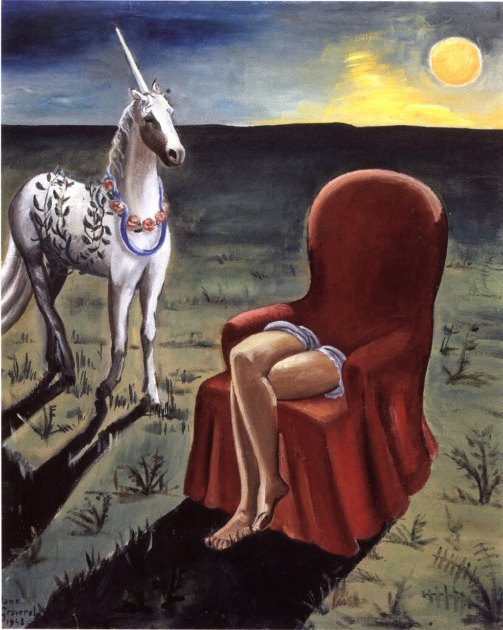 Jane Graverol The Procession of Orpheus 1948 |
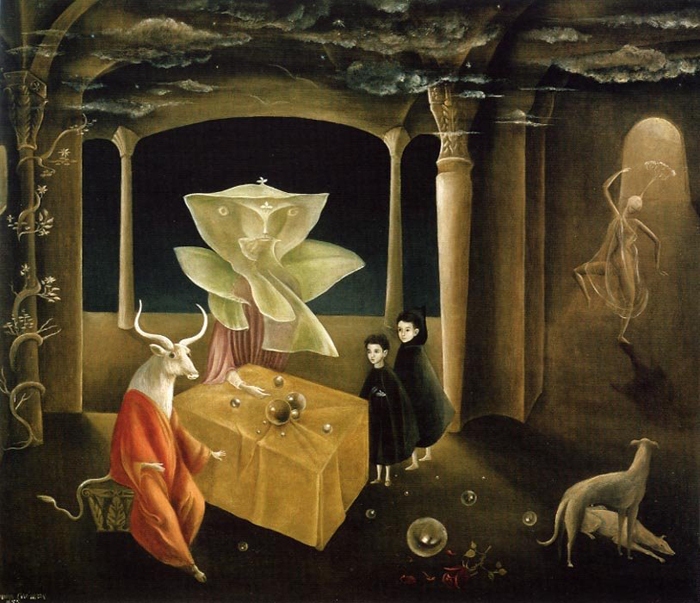 Leonora Carrington And Then We Saw the Daughter of the Minotaur. 1953 |
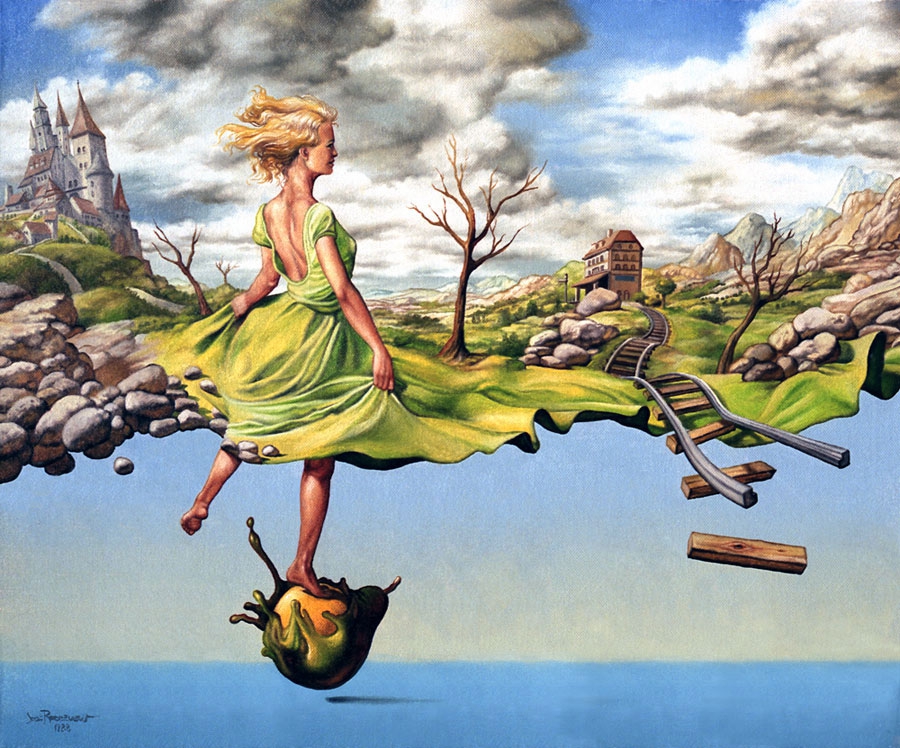 José Roosevelt The Railway Station at Riaz 1988 |
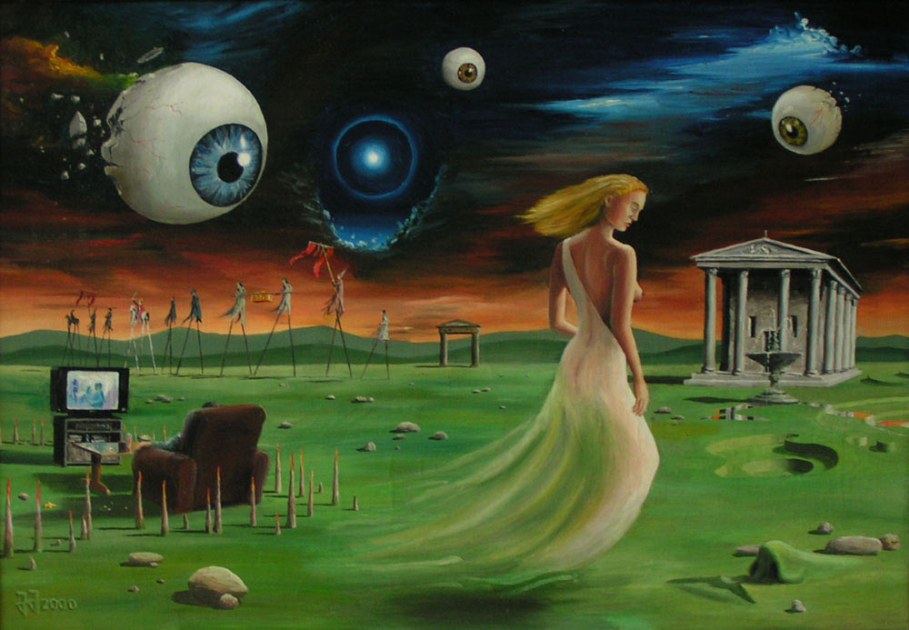 Jaroslaw Jasnikowski Picture of a wasted unique life 2000 |